Wildfires are unpredictable and devastating, but with proactive preparation, you can significantly reduce the risk to your home and ensure your family’s safety. This guide explores essential strategies for protecting your home from wildfires, including sprinkler systems, yard maintenance, and emergency planning.
1. Sprinkler Protection Systems
Installing a sprinkler system can be a lifesaving measure during a wildfire emergency. These systems, particularly rooftop sprinklers, create a moist barrier around your home, reducing the likelihood of ignition from embers. Consider the following when installing and maintaining your sprinkler system:
- Water Source: Ensure you have access to a reliable water source, such as a well, cistern, or a municipal water line.
- Power Supply: Use a generator or backup power system to keep the sprinklers running in case of power outages.
- Coverage: Position sprinklers to cover the roof, surrounding vegetation, and any vulnerable areas such as decks or wooden fences.
Portable sprinkler kits are also available for quick deployment and can be a valuable addition to your fire preparedness toolkit.
2. Yard Maintenance: Creating Defensible Space
A well-maintained yard acts as a buffer, reducing the intensity of a wildfire before it reaches your home. Follow these steps to create and maintain defensible space:
-
Zone 1 (0-5 feet from the house):
- Remove all flammable materials such as dry leaves, firewood, and wooden furniture.
- Use non-combustible materials like gravel or concrete for landscaping.
- Ensure gutters and roofs are clear of debris.
-
Zone 2 (5-30 feet):
- Prune tree branches at least 6-10 feet above the ground.
- Space trees and shrubs to prevent fire from spreading easily.
- Regularly mow grass to keep it short and well-watered.
-
Zone 3 (30-100 feet):
- Thin out dense vegetation and remove dead plants.
- Store flammable items like propane tanks away from the home.
- Use fire-resistant plants native to your area.

3. Removing Flammable Items
During a wildfire emergency, embers can ignite anything flammable near your home. Take these steps to minimize risks:
- Relocate patio furniture, doormats, and other outdoor items indoors.
- Store firewood and fuel containers at least 30 feet away from your house.
- Seal openings, such as vents and eaves, with ember-resistant screens.
- Close all windows, doors, and garage doors to prevent embers from entering.
4. Packing a “Go Bag”
In the event of an evacuation, having a “Go Bag” ready can save precious time. Pack the following essentials:
-
Personal Items:
- Identification, important documents, and cash.
- Prescriptions, glasses, and medical devices.
-
Clothing and Gear:
- Sturdy shoes, weather-appropriate clothing, and blankets.
- A flashlight, multi-tool, and batteries.
-
Emergency Supplies:
- First-aid kit, N95 masks, and hygiene items.
- Non-perishable food, water, and a portable phone charger.
-
Communication Tools:
- A battery-powered or hand-crank radio.
- A list of emergency contacts.
-
Pet Essentials:
- Food, water, leashes, and carriers for pets.
Store your Go Bag in an easily accessible location and ensure all family members know where it is.
5. Essential Tools to Have on Hand
Having the right tools during a wildfire emergency can make a significant difference. Axeman.ca offers a variety of high-quality tools, available in our Wildfire Gear collection, including axes, saws, and Pulaski. These are indispensable for tasks such as clearing brush, cutting firebreaks, and making emergency repairs.
Final Thoughts
Wildfire preparedness requires planning, vigilance, and the right tools. By installing sprinkler systems, maintaining defensible space, and being ready to evacuate, you can protect your home and loved ones. For additional resources, consult local fire departments or wildfire prevention organizations, and always stay informed about wildfire risks in your area.


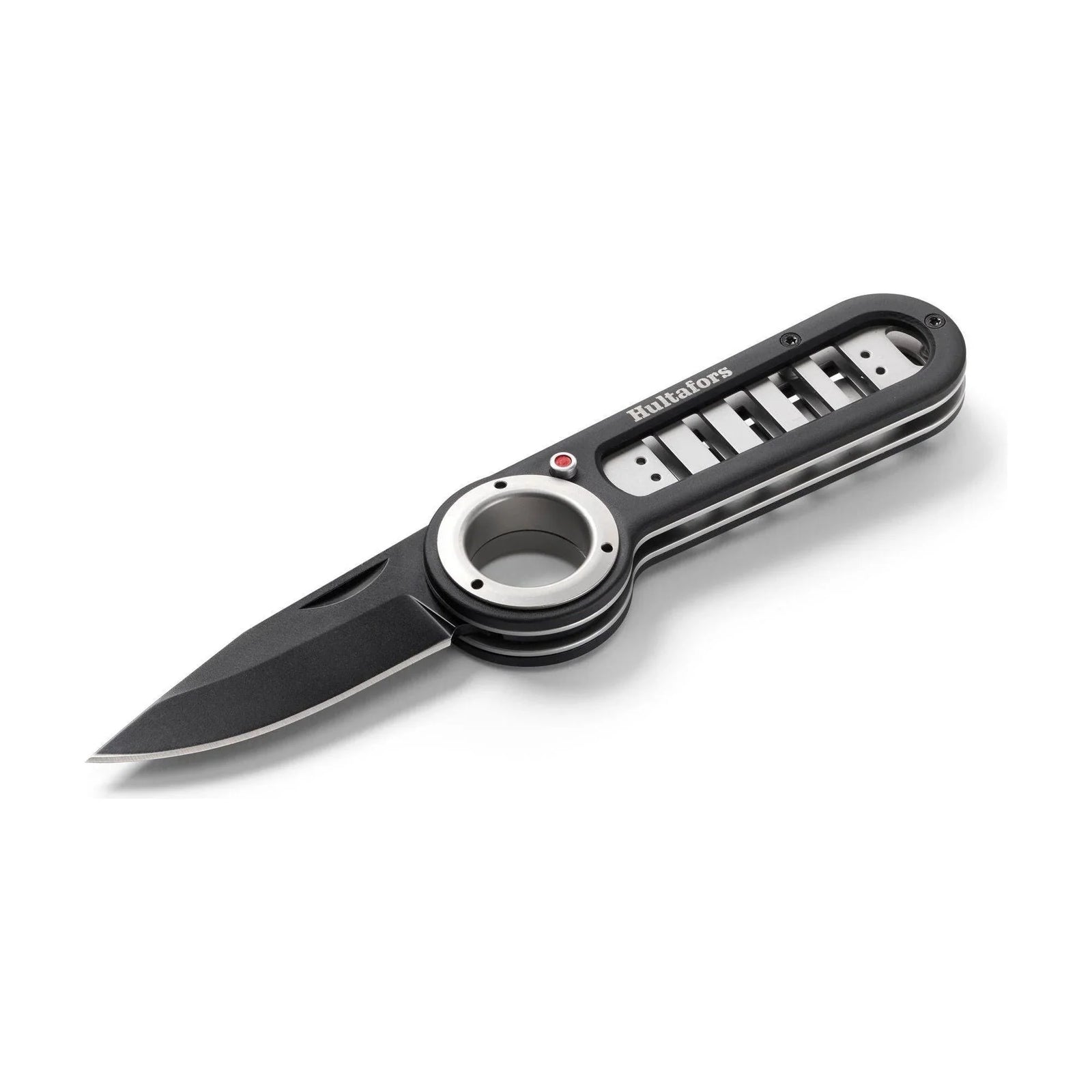
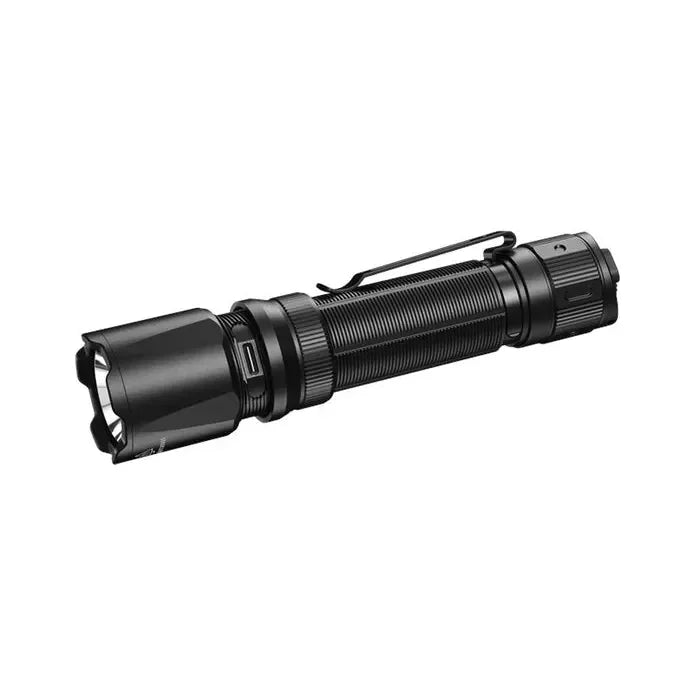

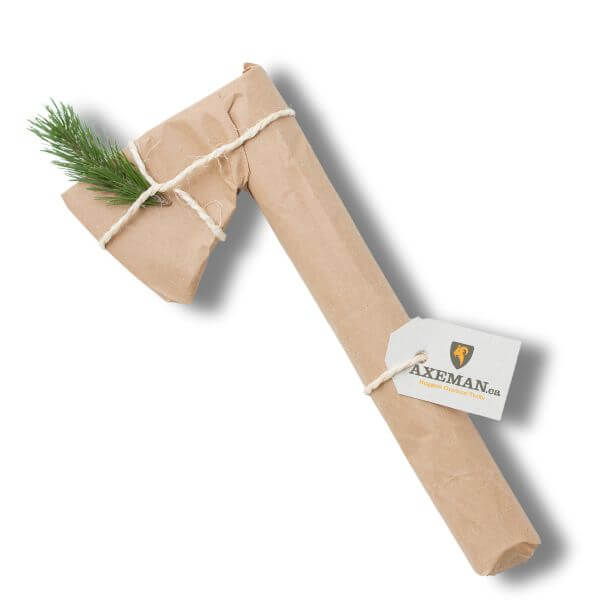


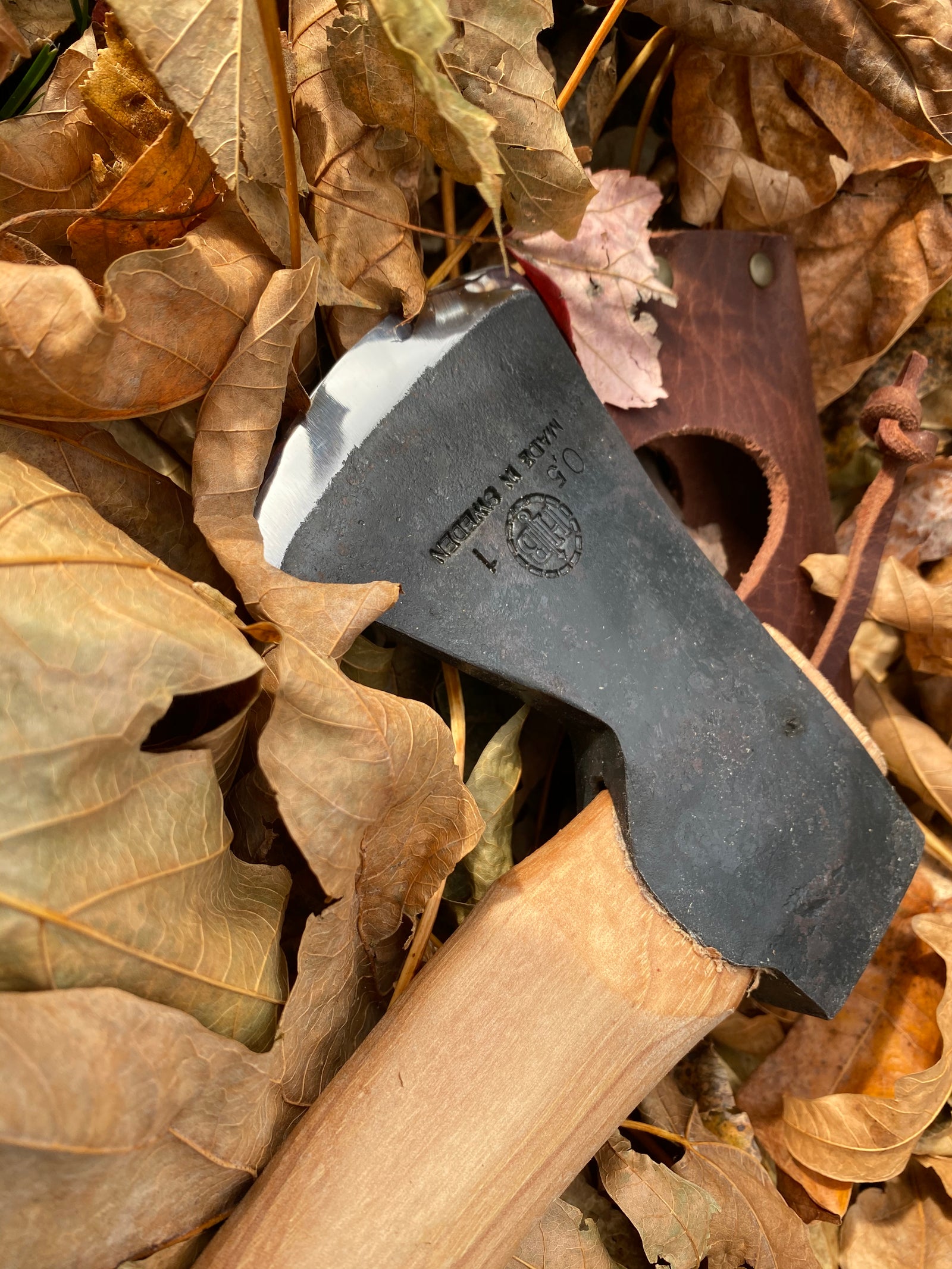



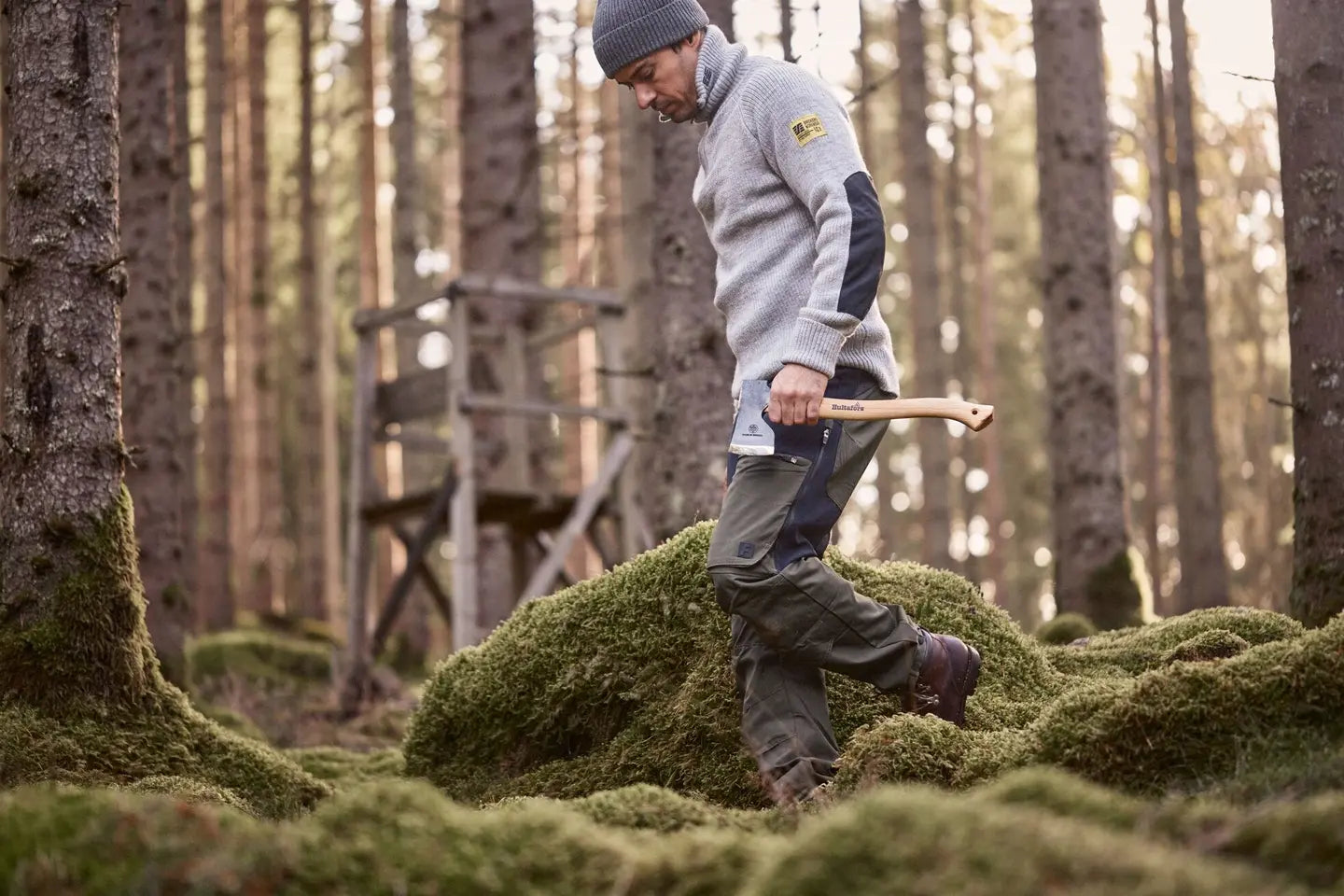

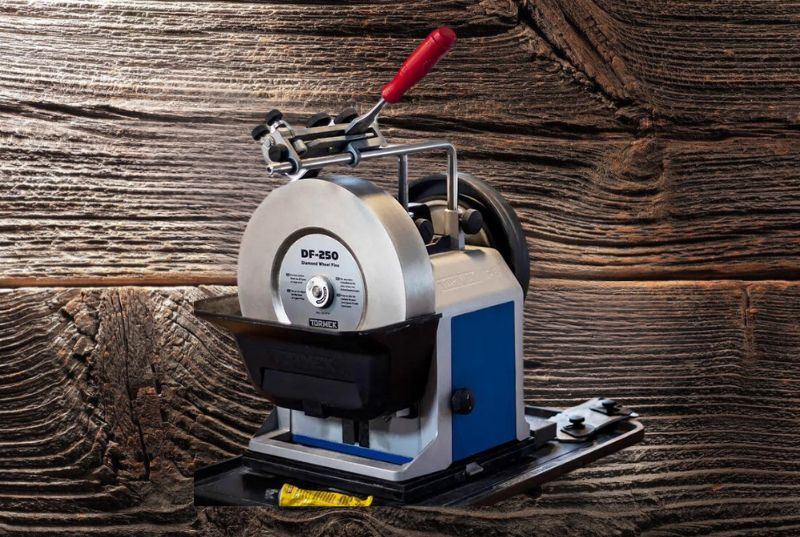
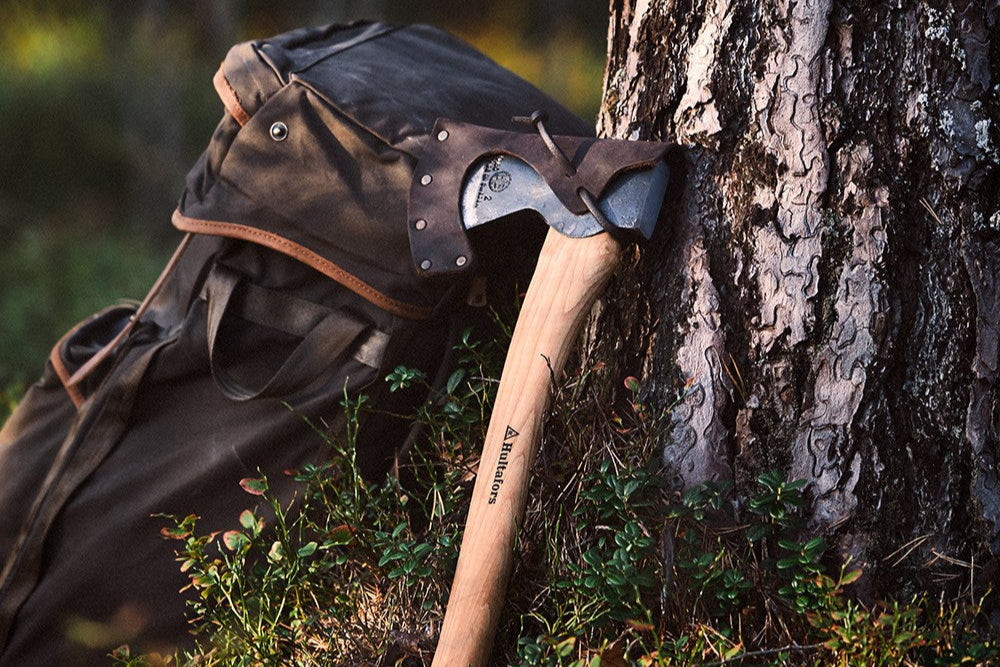
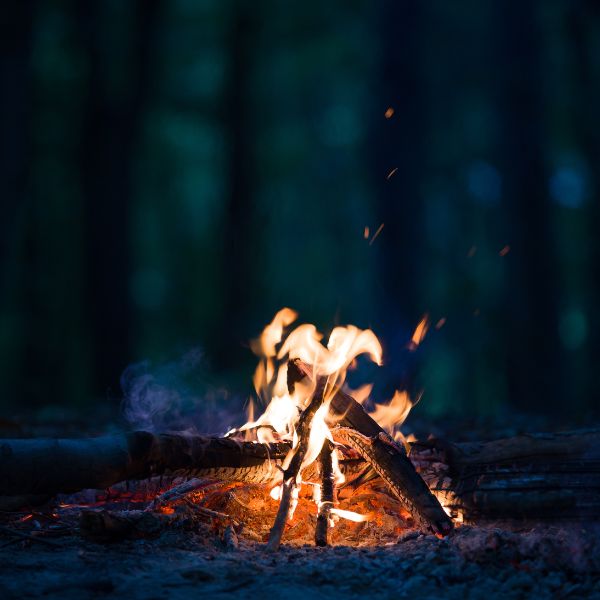






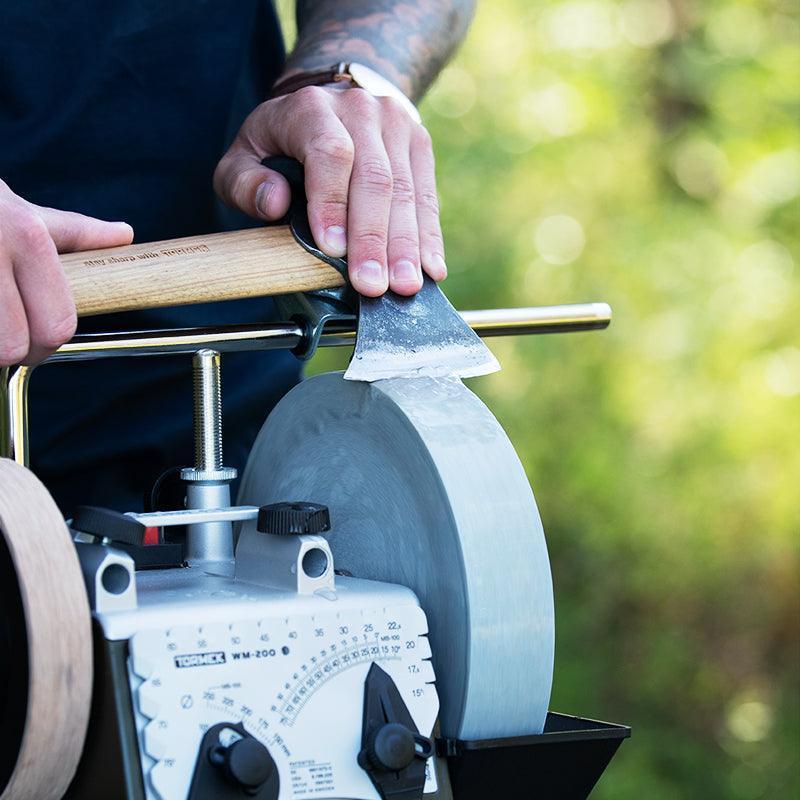
Leave a comment (all fields required)